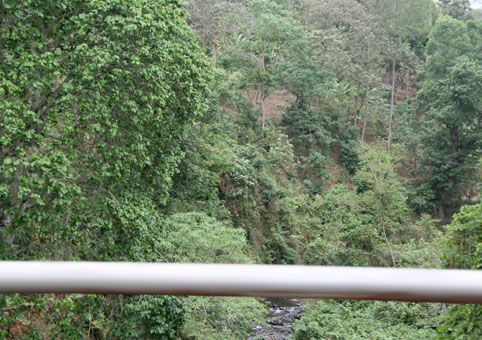Journey Impressions: Arusha
 Loading. Please wait...
Loading. Please wait...
Big river



Big river

DSW Tanzania

Youth truck

Y2Y

Headquarters

Road

Banana

Mama Fiera

Handicrafts

Concentration

China machine

Loom

Induction stove

The boss

Red roses

And of course ...

Sweetie

What does the stupid photographer want?

I want to keep him

They're real

Sceptical

Dreaming

What were the words again?

Power to the girls

Statler and Waldorf

Girls' dorm

Kitchen

Classroom

DSW staff member

Flat for mother and child

WC

Kitchen team

This sign doesn't exist

Dusty road

Fritz Ör

Teacher

Bird watching

Uwe fruit

Peter Munene

Massai

Warning - lion ahead

Just like Serengeti

On bended knee

Zebra stripes

King of Serengeti

King of the Road

Elephant crossing

Family

Diri diri

Monkey

Vultures enjoy breakfast

Horned beast

Cheetah

Ostrich

Dust storm

Entrance

Ngorongoro crater

Dedication

Lava hotel

Madagascar heron

Buffalo

Flamingos

Rhino

Paradise

Hippos

Catering

Mother & child group

By the roadside

Travelling companions

Street market
